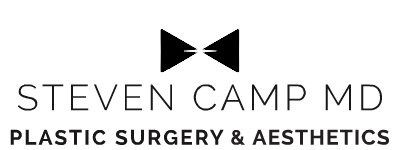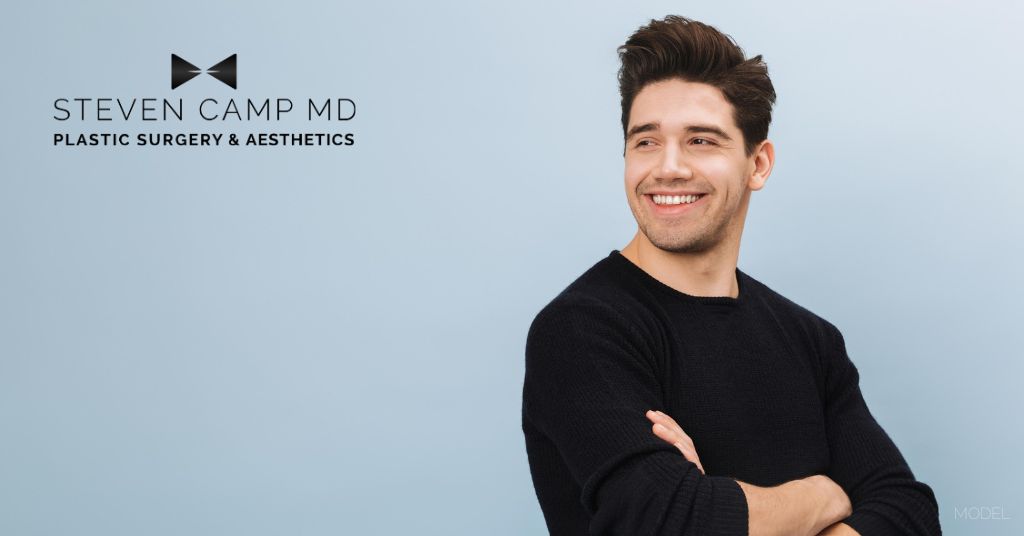Advancements in rhinoplasty techniques offer patients more options than ever to achieve their aesthetic goals. There is no one-size-fits-all approach to nose jobs. When people consider getting rhinoplasty and think about the different types of nose jobs, they often ask about open vs closed rhinoplasty or cosmetic vs functional rhinoplasty.
But there’s one advanced type of rhinoplasty that most patients don’t think to ask about: preservation rhinoplasty. This leading-edge rhinoplasty technique offers many advantages to patients, including reduced post-op bruising and discomfort. If you’re wondering whether preservation rhinoplasty might be right for you, you’ll learn more about the technique, the surgical training it requires, and the type of results it can achieve in this blog post.
What Is Preservation Rhinoplasty?
Preservation rhinoplasty has recently gained popularity for its ability to reshape the nose without altering the nose’s overall structural integrity. The advanced preservation rhinoplasty technique retains more of a patient’s original nasal structure than traditional rhinoplasty. Traditional rhinoplasty procedures often involve using rasps, chisels, and hammers to remove bone and cartilage, particularly from the bridge of the nose. This technique, called reduction rhinoplasty, can result in complications if the surgeon is too aggressive in the resection (removal) of nasal structures.
Preservation rhinoplasty involves a more subtle approach, with the surgeon removing a smaller amount of bone and cartilage while improving the nose’s appearance. One of the primary reasons people decide not to get cosmetic nose surgery is worrying about results that don’t look natural. Preservation rhinoplasty minimizes that risk and is an attractive option for patients.
Preservation Rhinoplasty Using Ultrasonic Tools
Instead of using a hammer or chisel to remove bone and cartilage, I use a motorized handpiece that emits vibrating sound waves during preservation rhinoplasty. This tool allows me to precisely and gently reshape the nose. Ultrasonic rhinoplasty is an innovative technique approved by the FDA, and it is especially useful for patients who want to reduce a hump on the bridge of their nose.
I can preserve the nose bridge and maintain the cartilage and ligaments that provide structure while reshaping the nose to improve its appearance. I can achieve those goals while minimizing the risk of the results shifting or sagging over time (a common concern with traditional rhinoplasty).
Creating less trauma to the nasal structures decreases surgical bleeding and post-surgical bruising, swelling, and pain while also creating a more accurate cosmetic outcome. This, in turn, can lead to less need for revision surgery.
Preservation rhinoplasty can be performed using either the closed or open approach, as explained in this study authored by Dr. Aaron M. Kosins. Dr. Kosins is a plastic surgeon in Newport Beach, CA, and one of the leading experts in preservation rhinoplasty.
Advanced Preservation Rhinoplasty Training
Rhinoplasty of any type is a complicated procedure that requires advanced training to avoid unsatisfactory results—and that’s especially true with preservation rhinoplasty. I’m one of the few rhinoplasty surgeons in Fort Worth, TX, with extensive training in the technique. I’ve trained with surgeons who pioneered the preservation rhinoplasty technique, including participating in 3 fellowship training sessions in Turkey with preservation rhinoplasty innovator Dr. Teoman Dogan.
Is Preservation Rhinoplasty Right for All Types of Nose Jobs?
Not everyone considering cosmetic nose surgery is a good candidate for the preservation rhinoplasty technique. Some patients require a more complex approach, or they’ve undergone a previous nose job and need revision rhinoplasty to correct complications.
Rhinoplasty can address various concerns, including dorsal humps on the nasal bridge, over-projected tips, noses that are too large or small for your face, asymmetry, and several other issues. Functional rhinoplasty can correct breathing issues, such as a deviated septum.
Preservation rhinoplasty is an excellent option for patients who want to address specific concerns and don’t have significant issues with the bone structure (like a crooked or broken nose). For example, if you want to address the nasal tip or reduce the size of the bridge of your nose without changing its symmetry or shape, preservation rhinoplasty might be the better choice.
Preservation rhinoplasty is a possible option for patients who want to:
- Lower the height of a nasal bump
- Enhance their side profile
- Improve a crooked nose
- Lift a drooping tip
- Reduce a wide tip
Because preservation rhinoplasty typically involves less bruising and swelling than traditional rhinoplasty procedures, it often takes less time to recover. Read our previous blog post to learn more about typical rhinoplasty recovery timelines.
Choose a Rhinoplasty Specialist
Your choice of plastic surgeon is critical when undergoing rhinoplasty. You can meet personally with Dr. Camp by requesting a consultation using the online form or by calling our practice at (817) 228-4315 to schedule an appointment.








Leave a Reply